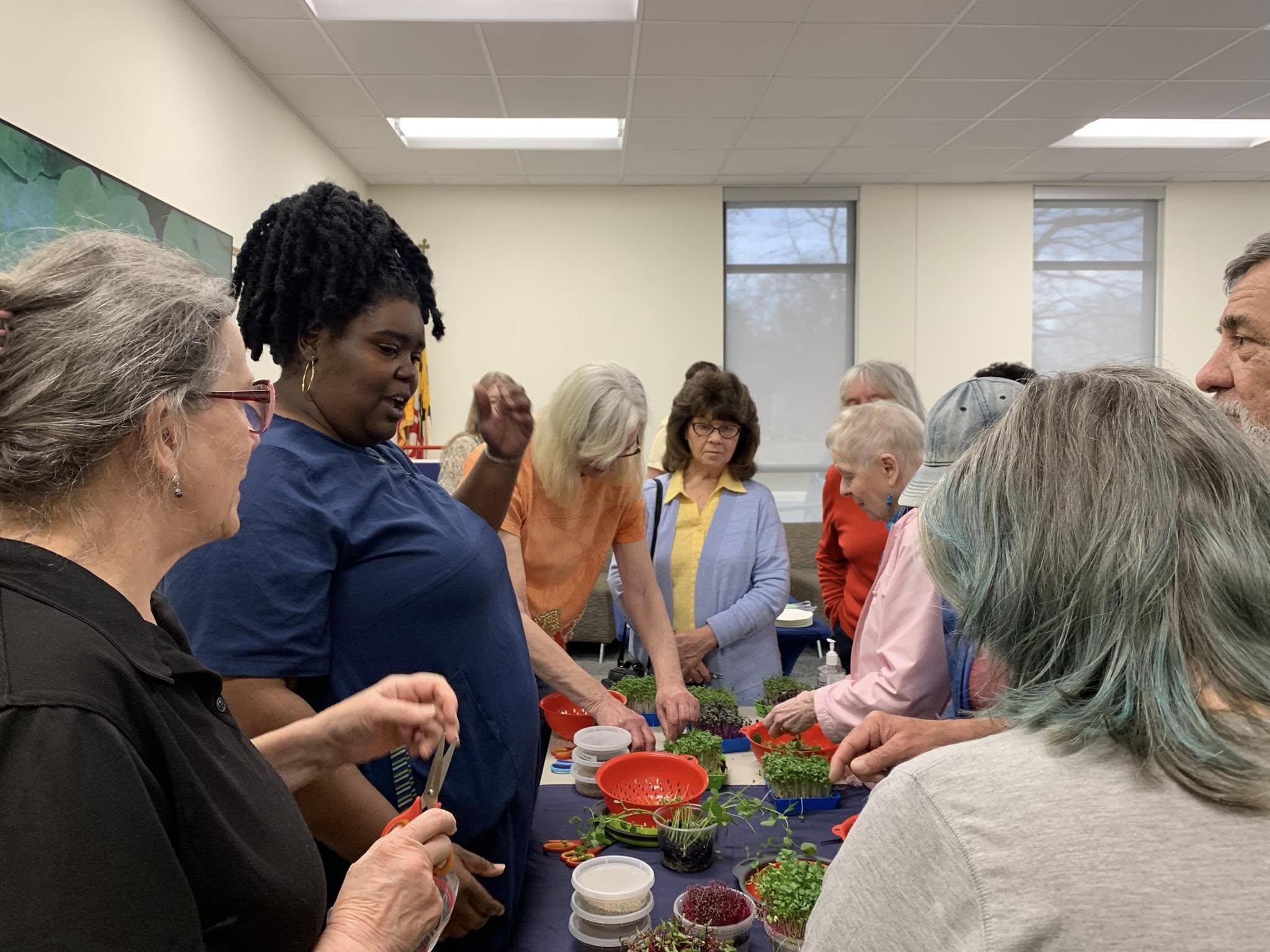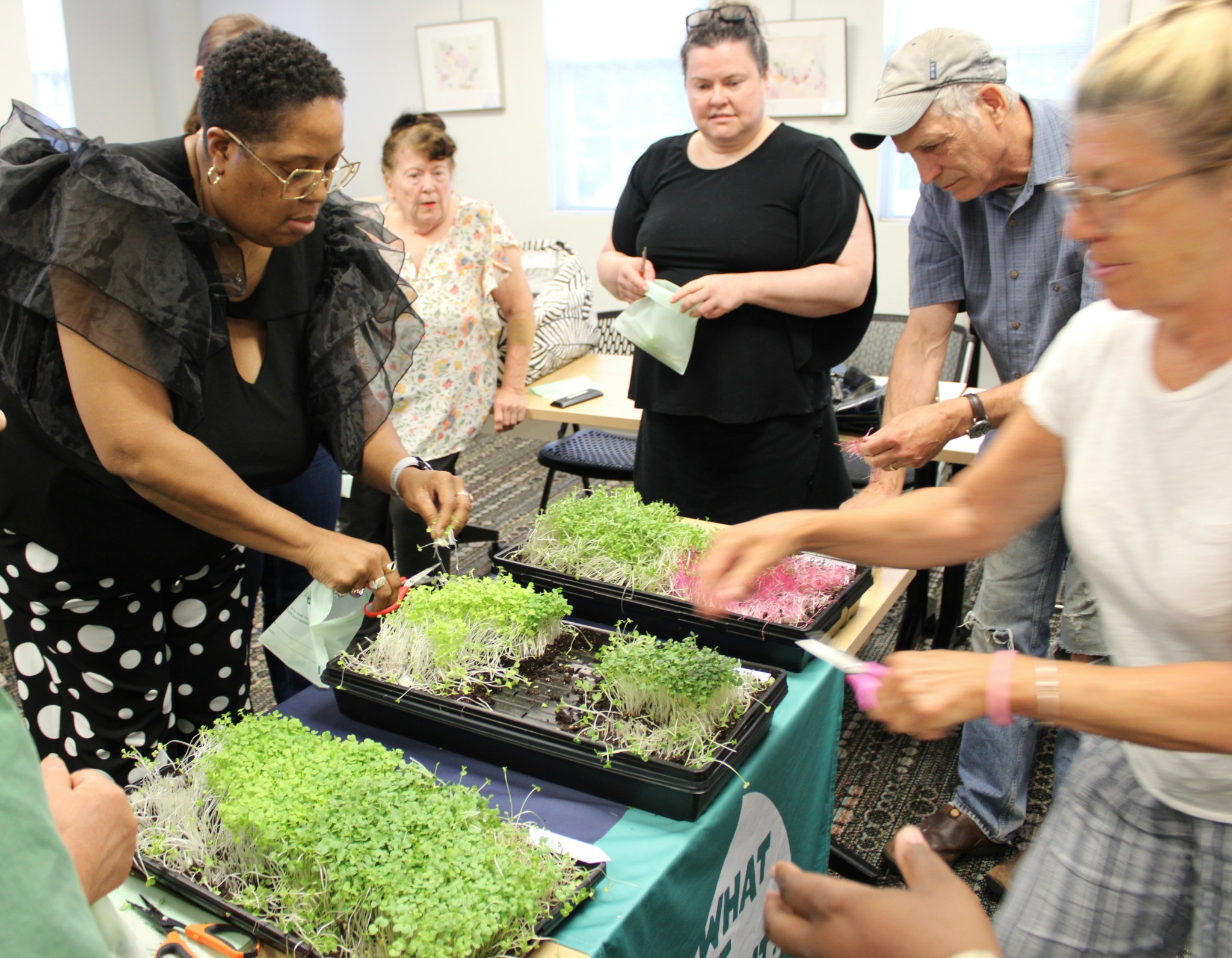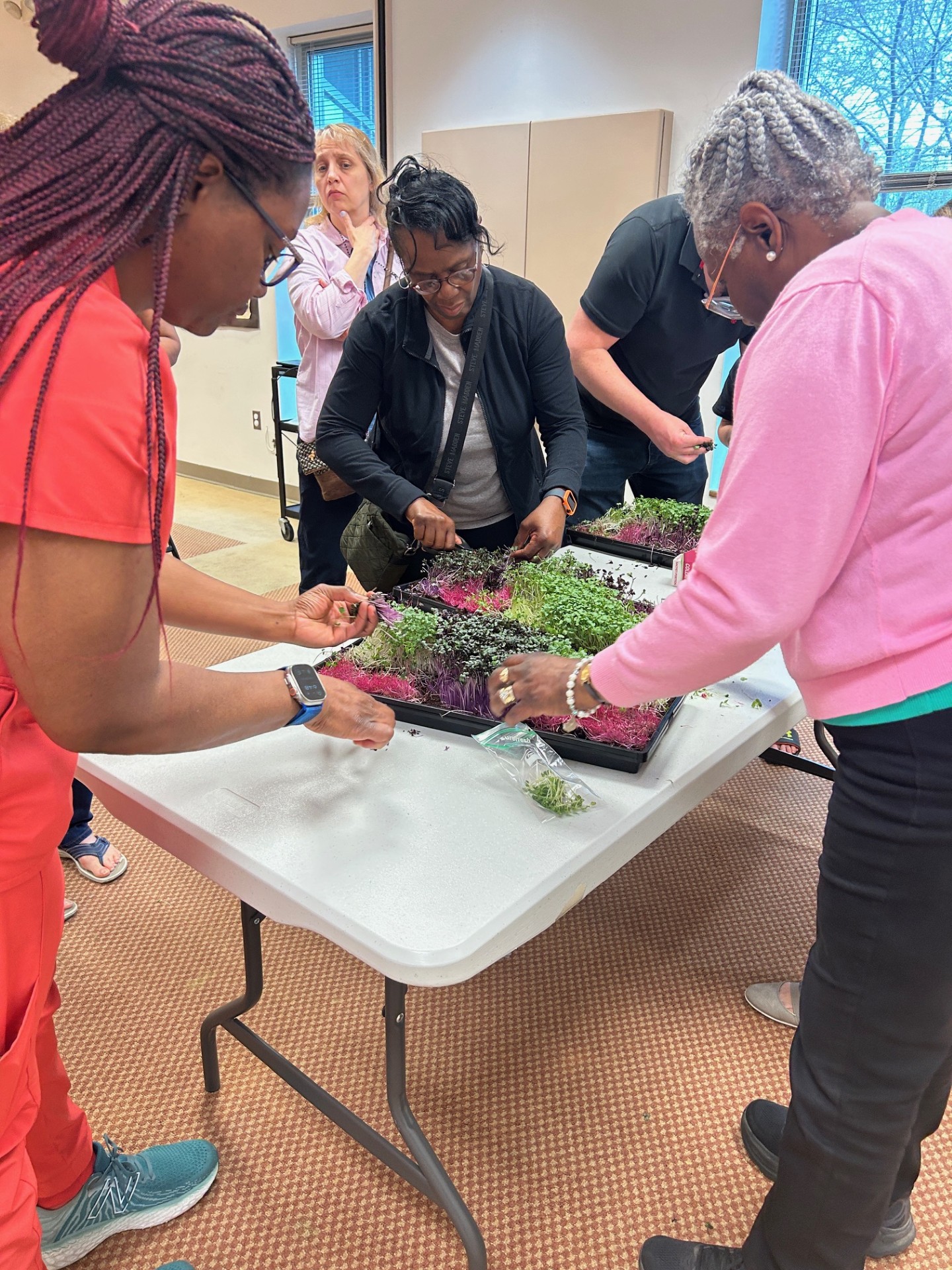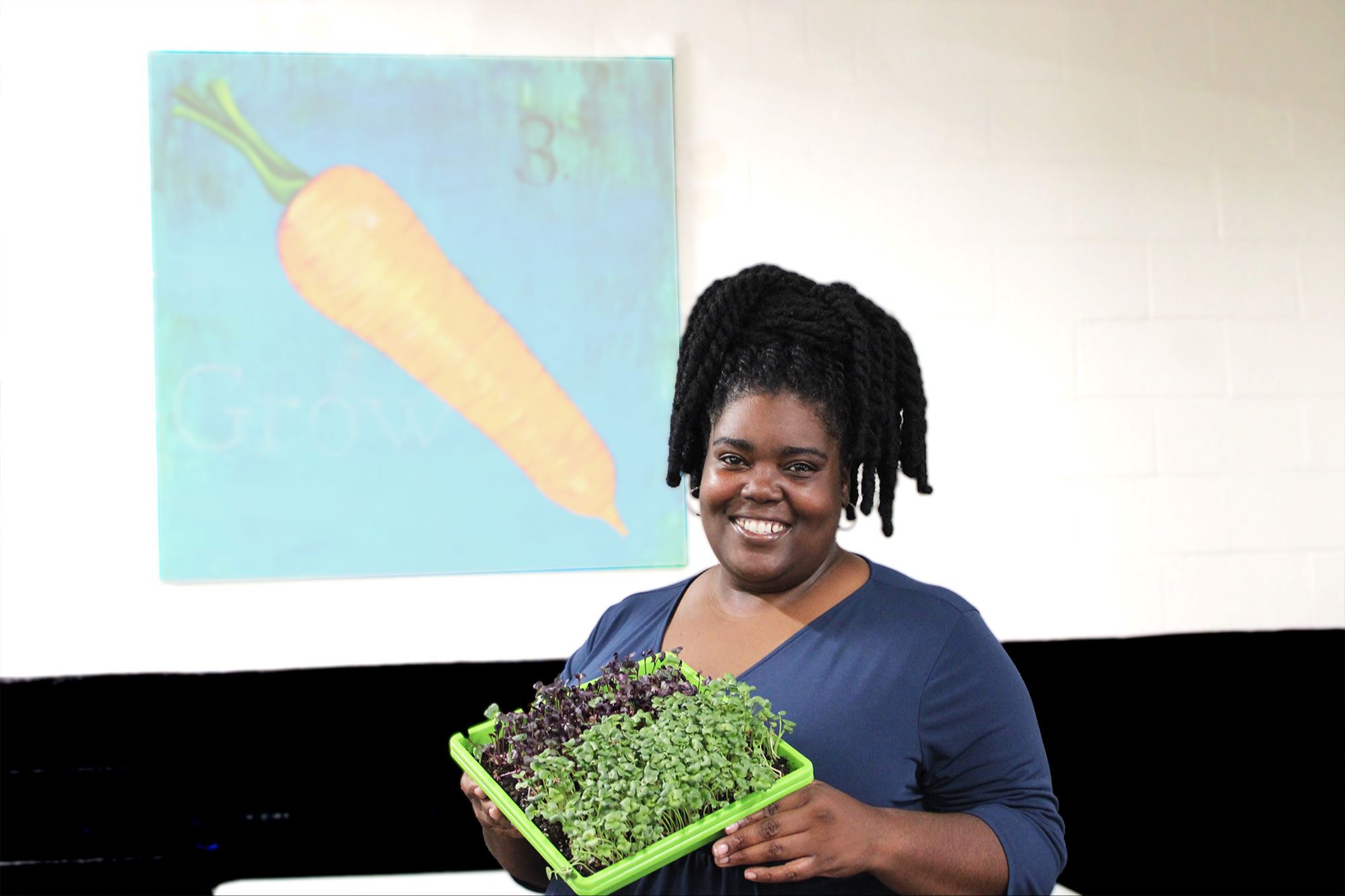We caught up with the brilliant and insightful Quandra Gray a few weeks ago and have shared our conversation below.
Hi Quandra, thanks for joining us today. What’s the kindest thing anyone has ever done for you?
Every entrepreneur needs a champion who connects them to the right people and opportunities—often before they even know they need it. For me, that’s Jessica Watson, Award-winning brand strategist and founder of the creative studio Points North located in Baltimore, Maryland. She has opened doors I couldn’t have reached alone and continues to send valuable information and opportunities that keep my business moving forward. Her quiet, consistent support means the world.
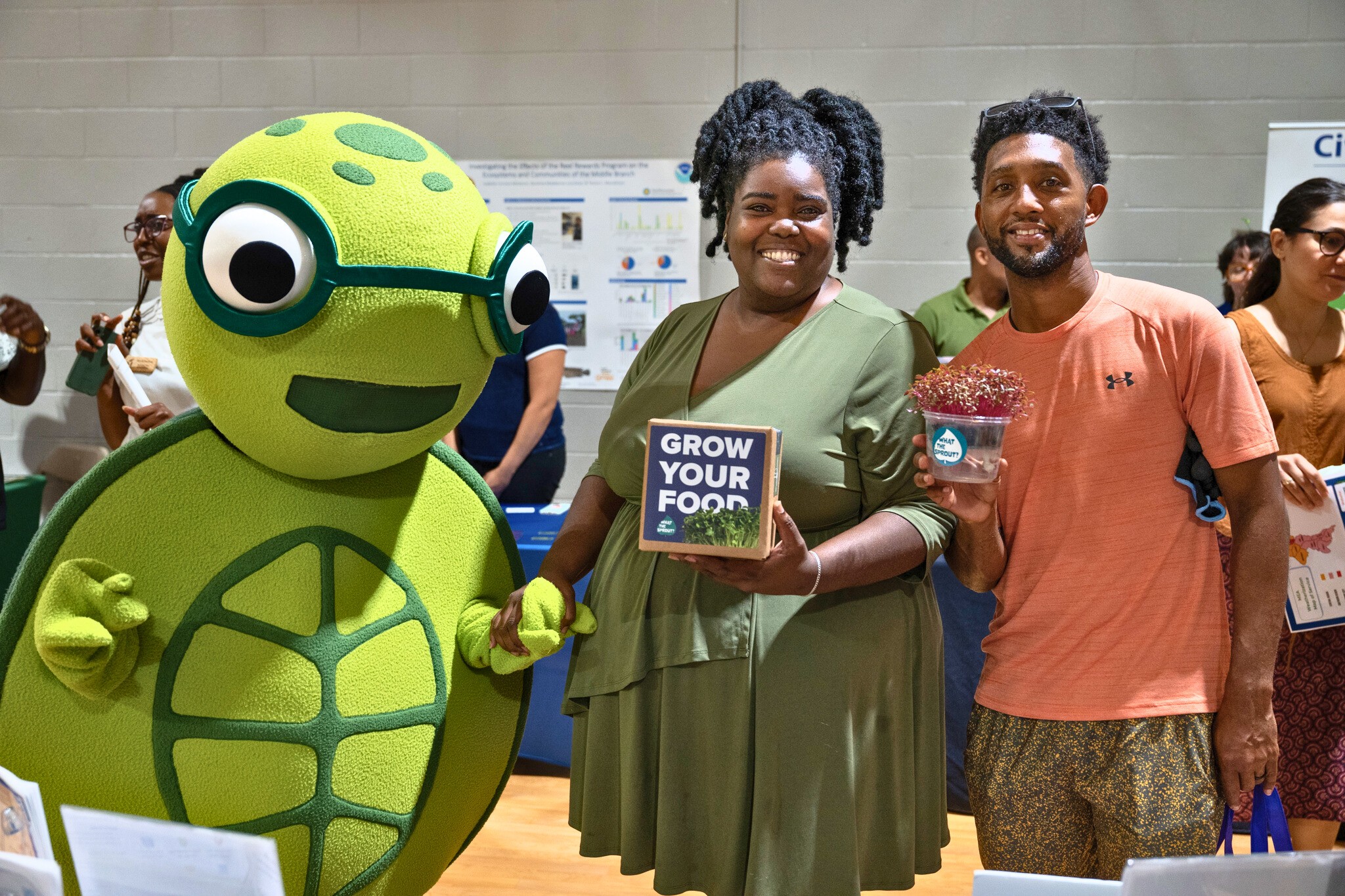
Awesome – so before we get into the rest of our questions, can you briefly introduce yourself to our readers.
I’m Quandra Gray, the founder and Chief Cultivator of What The Sprout. I started this work because I wanted to make growing food feel simple and possible for everyone—especially for people and families who’ve been cut off from access to fresh, healthy food for far too long.
My background is rooted in community health and education, and over time I saw how much food, stress, and connection to the environment all overlap. Food deserts, limited green space, and daily pressures weigh on people’s well-being. I knew we needed small, accessible ways to bring growing back into everyday life—so I built programs that do exactly that.
Through What The Sprout, we teach people to grow food and well-being side by side. We do this through grow-at-home microgreen kits, guided wellness and agriculture programs, classroom lessons, and workplace experiences. Each program combines hands-on growing with reflection, intention setting, and community connection—because growing food isn’t just about what’s on your plate; it’s about how you feel while you do it.
What sets us apart is our mix of education, wellness, and real community impact. We’re certified as an MBE/SBE/DBE business and have worked with schools, nonprofits, and corporate teams to make growing accessible, meaningful, and restorative.
I’m proud of how we’ve been able to turn small acts—like planting a few seeds—into larger moments of healing, confidence, and community. That’s what I want people to know about me and about What The Sprout: growing food is how we grow ourselves and the world around us.

We’d really appreciate if you could talk to us about how you figured out the manufacturing process.
When I first started What The Sprout, I met so many people who said, “I can’t keep a plant alive to save my life.” That stuck with me. I wanted to design something that would change that story—something simple, forgiving, and rewarding.
That’s how I created our self-watering grow kit. From the seed mix to the tray design, I wanted everything to support success. The kit’s self-watering base keeps just the right amount of moisture for the microgreens, so even if someone forgets to water for a day or two, the plants keep thriving. I also carefully select quick-sprouting, nutrient-dense seeds that show visible growth within days—so people can actually see results and feel encouraged to keep going.
I didn’t come into this knowing how to manufacture a product. I learned step by step—testing materials, comparing suppliers, and tracking every penny. I like crunching numbers and figuring out how to make a product both affordable and sustainable. Piece by piece, I built a system that works: one that’s profitable, efficient, and delivers real social impact.
Today, our kits are used in classrooms, workplaces, and community programs to teach people how to grow fresh food and improve well-being in the process. What started as a solution for people who thought they “killed plants” has become a tool for empowerment—proof that with the right design, anyone can grow something that thrives.
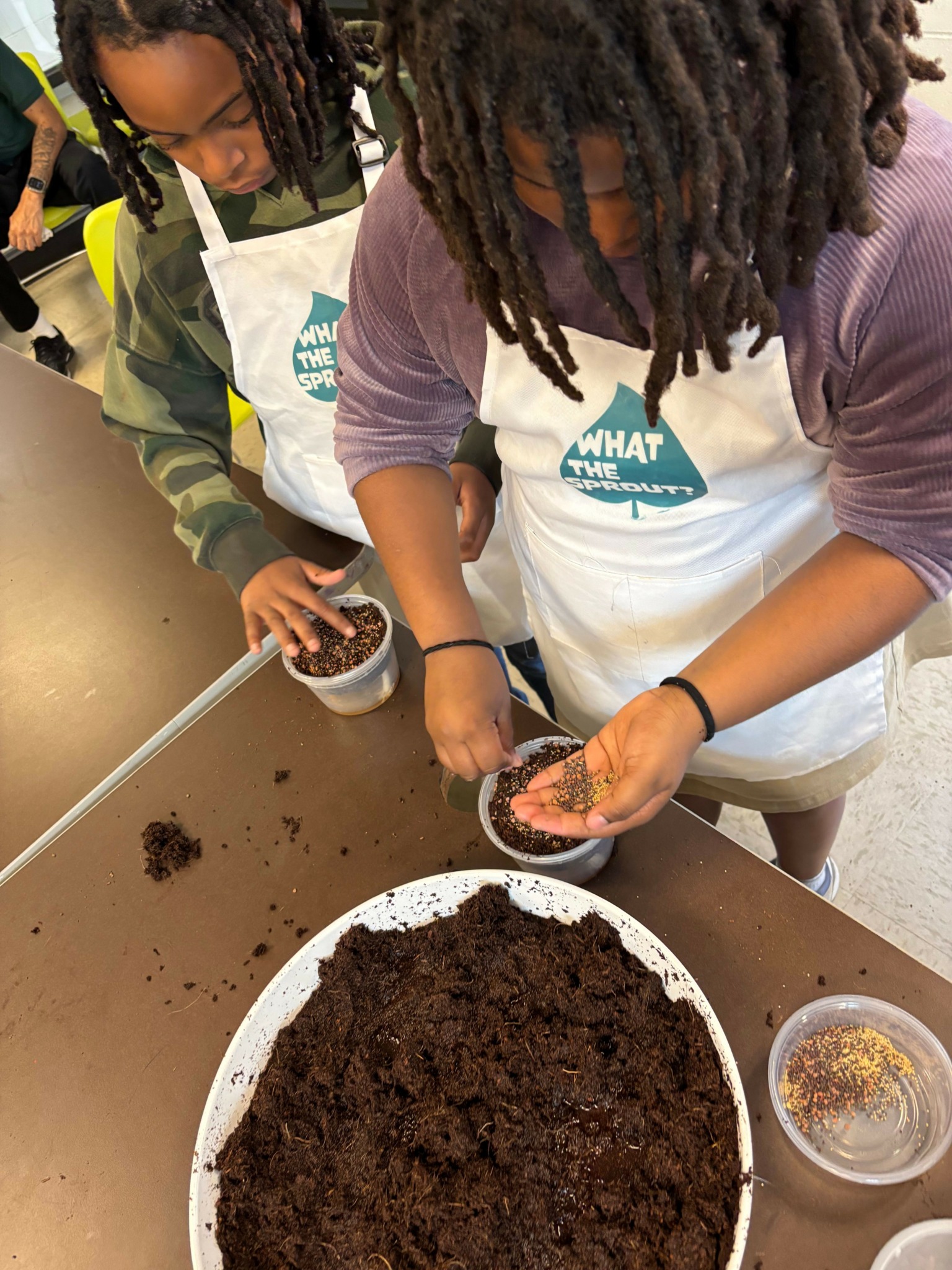
Any stories or insights that might help us understand how you’ve built such a strong reputation?
Honestly, it’s been about showing up—consistently and with heart. I built my reputation by being present in the community, sharing what I know, and never keeping information to myself. If someone wanted to learn how to grow food, I’d take the time to walk them through it.
I said yes to opportunities that helped me connect with people—whether it was setting up at a market, visiting schools, or hosting small workshops. Each of those moments built trust and visibility.
And I always shared my kits. I’d give them to people who said they didn’t have a “green thumb” or were afraid they’d kill the plants. Once they saw how simple it was—and that they could grow something—it shifted their confidence. That’s what really spread the word: genuine results, happy growers, and a community that felt included in the process.
I think that’s what’s helped me most—being real, being accessible, and helping people see that growing food isn’t intimidating; it’s empowering.
Contact Info:
- Website: https://www.whatthesprout.com/
- Instagram: https://www.instagram.com/whatthesprout
- Linkedin: https://www.linkedin.com/company/what-the-sprout

